- TS Japan Rail Rail Enthusiast Updates – Japan Rail Scene and TSJR News
- JR Tokai to retire its shinkansen Inspection Train “Doctor Yellow” in 2025, JR West to retire its Doctor Yellow in 2027
- ex SL Hitoyoshi coaches to be used on special service during August Obon Holiday
- Rare accident on the Tokaido Shinkansen leads to all day suspension of trains inconveniencing thousands of passengers, and affecting a large part of Japan.
- Iconic 500 series shinkansen to be withdrawn by JR West by around 2027
- Recent posts from on our main website
TS Japan Rail Rail Enthusiast Updates – Japan Rail Scene and TSJR News
Welcome to the July 2024 Japan Rail Scene & TSJR News. In this regular post we bring you news from Japan of interest to Rail Enthusiasts. We also bring you updates from TS Japan Rail.
The shinkansen and in particular the Tokaido and Sanyo shinkansen are featured a lot, which for us is quite rare.
Japan is currently in the midst of a very hot spell with temperatures between 35~40C across the country and in some places even higher. Some areas have also been effected by heavy rain…but it is a good time to start planning your rail tour of Japan and TS Japan Rail is ready and waiting to give you our expert advice and more!
JR Tokai to retire its shinkansen Inspection Train “Doctor Yellow” in 2025, JR West to retire its Doctor Yellow in 2027
“Doctor Yellow” is an inspection train that allows both visual and electronic inspection of overhead power line, track and other equipment. The original Doctor Yellow was a rebuild of the original “0” series prototype shinkansen. This was later replaced by a new Doctor Yellow based on the 0 series shinkansen in 1974. JR West introduced its own Doctor Yellow for the Sanyo Shinkansen in but was later replaced by a model based on the 900 series shinkansen. JR West which operates the Sanyo Shinkansen in 1979 added its own 0 series Doctor Yellow.
The 0 series Doctor Yellow sets were replaced in 2000 (JR Tokai) and 2005 (JR West) with new trains based on the 700 series Shinkansen models. As these trains generally run during the daytime they need to be able to fit in with the timetable, hence the need for the upgrades in the 2000s.
Today, on many lines, including the shinkansen, ordinary trains can be fitted with monitoring equipment, which can be monitored remotely, which means that track and overhead power line inspections can be carried out much more frequently. For the Tokaido and Sanyo Shinkansen lines some N700S units are being fitted with such equipment, hence the retirement of the Doctor Yellow Trains.
JR East has a shinkansen inspection train called “East-i”, based on the E3 type shinkansen. No announcements have been made about this train, although the E3 series is gradually being withdrawn from general service.
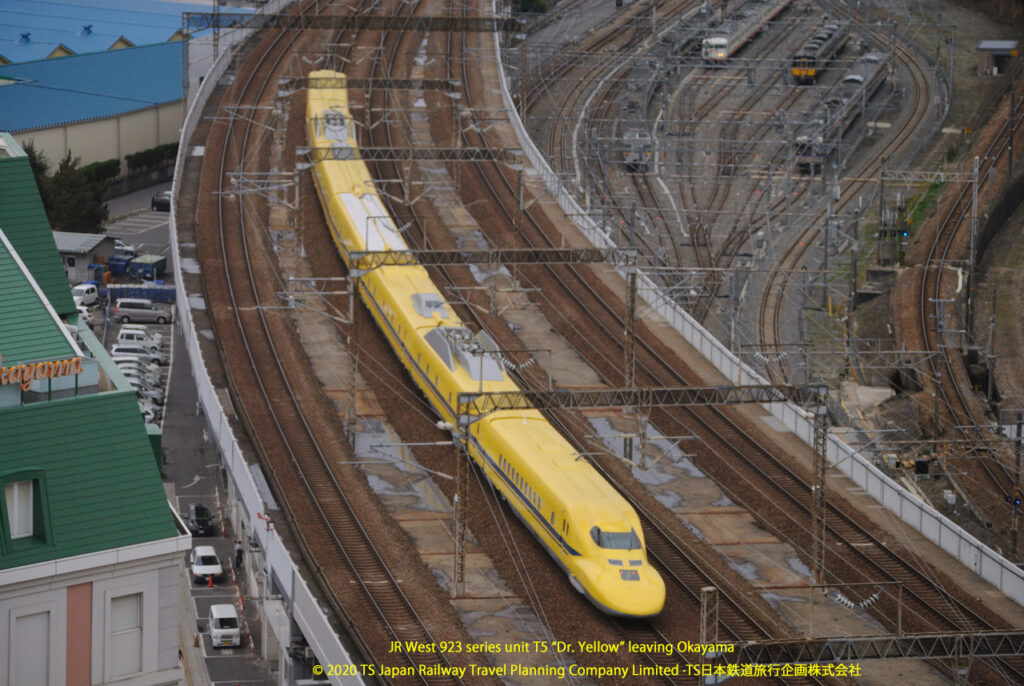
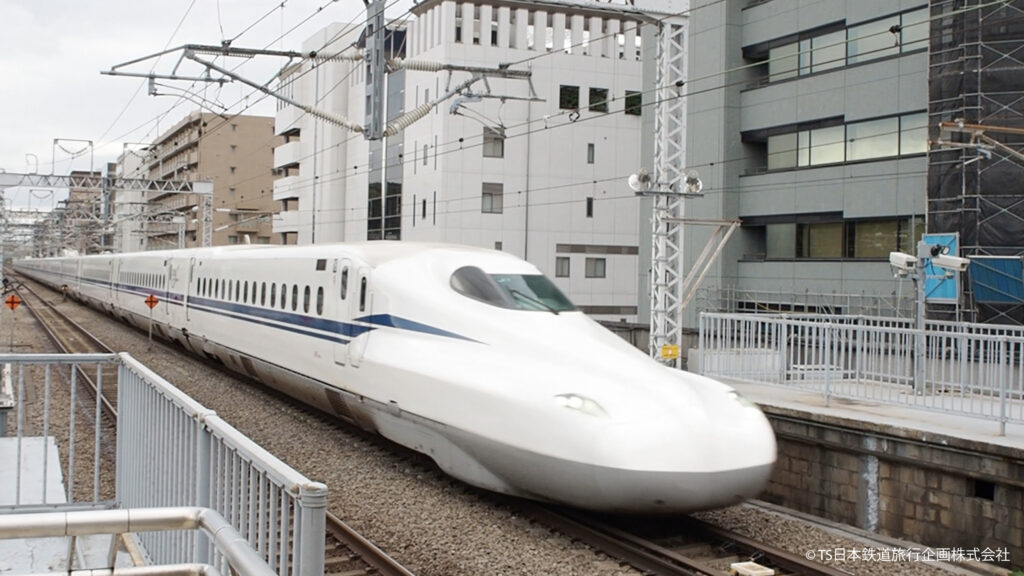
ex SL Hitoyoshi coaches to be used on special service during August Obon Holiday
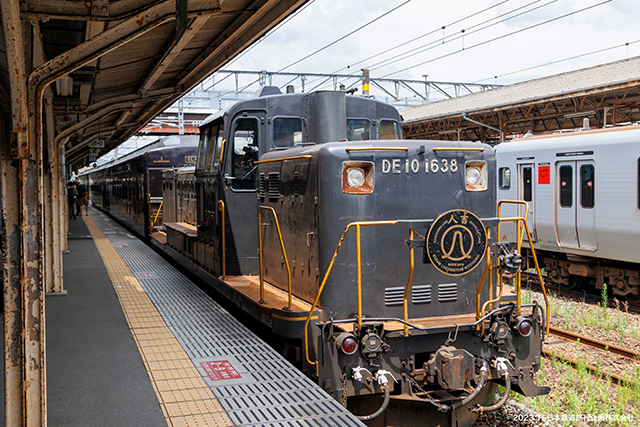
The SL Hitoyoshi locomotive 58-654 retired in the spring 2024. During the Obon holidays in August, the series 50 retro coaches will be used to operate a special “Rapid Aso” (快速あそ) train. The train will be hauled by one of the 4 black DE10 locomotives that were used on the SL Hitoyoshi Service.
The service will operate from 10th August 2024~18th August 2024 doing a single return journey along the Hohi Main Line between Kumamoto and Aso.
All seats are reserved.
Rare accident on the Tokaido Shinkansen leads to all day suspension of trains inconveniencing thousands of passengers, and affecting a large part of Japan.
At 3:30am on the 22nd July, two maintenance trains collided on the Tokaido Shinkansen between Toyohashi and Mikawa-Anjo causing one train to derail and injuring several workers. Shinkansen trains between Hamamatsu and Nagoya were suspended all day, and on the operating stretches services were restricted to 2 all station stopping Kodama services an hour.

The re-railing and removal of the trains took a long time, as once rerailed they had to be moved at slow speed some distance to Toyohashi.
There was also disruption to services on the Sanyo Shinkansen with no through Tokaido Shinkansen~Sanyo Shinkansen.
One of the arguments for the Chuo Shinkansen Maglev train is that it will provide an alternative route between Tokyo and Nagoya and eventually Osaka. Also the planned extension of the Hokuriku shinkansen to Kyoto / Osaka would also provide an alternative. This accident and the importance of rail travel in Japan, has caused major problems throughout much of Japan.
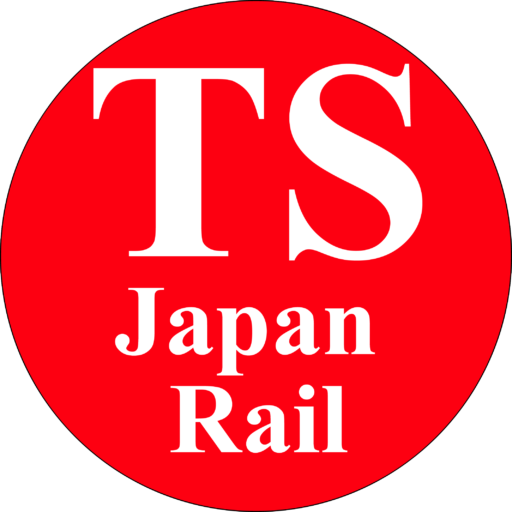
Japanese railways have an unenviable reputation for safety and reliability, and this accident is unusual. The scale of the impact is a testament to how much people in Japan rely on public transport and the railways in particular. Delays and service suspensions do happen. The biggest causes are weather, passenger or third party actions. And unlike many countries a delay of a minute is regarded as a delay.
Iconic 500 series shinkansen to be withdrawn by JR West by around 2027
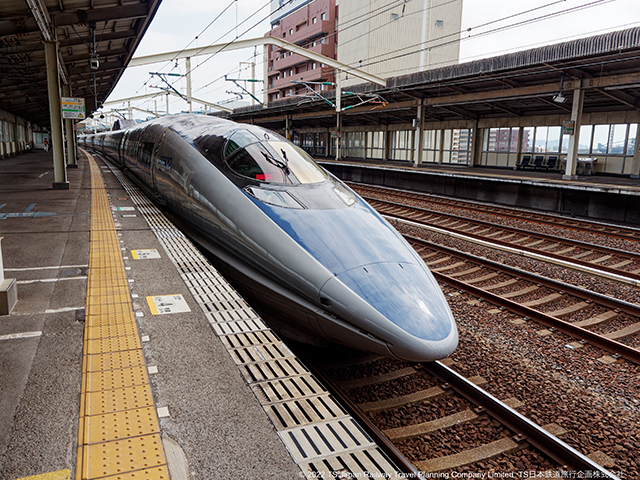

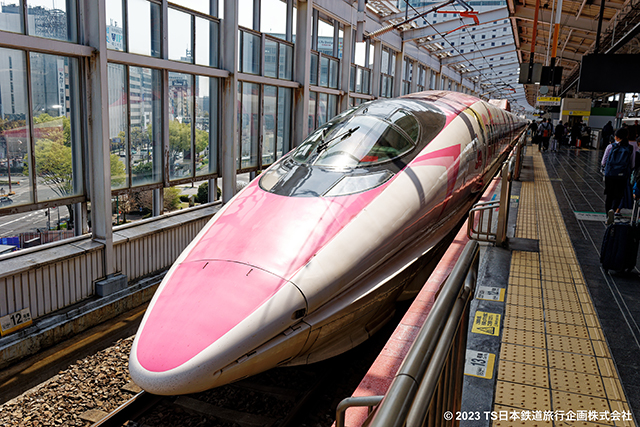

JR West has announced that its iconic 500 series shinkansen trains will be withdrwan around 2027 and will be replaced by modified N700A/a units as they are replaced by the newer N700S trains on the Sanyo & Tokaido Shinkansen lines.
The 500 series shinkansen was introduced in 1997 to operate Nozomi services on the Tokaido and Sanyo shinkansen services. They were capable of 320km/h but their top operational speed was 300km/h on the Sanyo Shinkansen. In 2008 they discontinued operating on the Nozomi Shinkansen and were relegated to operating Kodama shinkansen services on the Sanyo Shinkansen. They were also reduced from 16 car units to 8 car units and the maximum operational speed reduced to 285lm/h.
One of the 8 car sets (unit V2) has carried a special livery in order to attract tourists. In 2015 until 2018, this unit was decorated as the “Eva shinkansen” to celebrate the 40th anniversary of the Sanyo Shinkansen and the 20th anniversary of the anime “Neon Genesis Evangelion”
At the end of June 2018 unit V2 became the “Hello Kitty Shinkansen” and still operates as much today with 1 return Hakata~Shin Osaka service on most days.
Both the Eva Shinkansen and the current Hello Kitty Shinkansen have some carriages that were / are fitted out with the respective themes.
Although the themed shinkansen may not appeal to rail enthusiasts, if you are visiting Japan up to 2027 and are travelling in West Japan you should try and plan a trip on a 500 series shinkansen!
Recent posts from on our main website



Here are links to recent articles on our main website, many of which we think will be useful to rail enthusiasts as well as general tourists wanting ideas for their trips to Japan. (https://www.tsjapanrail.com)
- Four Rural Rail Lines in Chiba: Chiba’s Hidden Rail Gems In this article we take a look at 4 rural lines in Chiba Prefecture which can be described as “Chiba’s Hidden Rail Gems”, not just for rail enthusiasts, but also tourists who want to a different side of Japan… Discover Choshi Electric, Kominato, Isumi, and […]
- NHK World‘s Japanology Plus features TS Japan Rail’s Stephen Turner travelling on the Kominato Railway. Join Stephen Turner and host Peter Barakan as they embark on a scenic train journey through Chiba Prefecture’s historic Kominato Railway, for NHK World’s Japanology Plus. Turner talks about his love of Japan railways and travelling on local rural lines […]
- Complicated and confusing? For many first-time visitors, navigating Japan’s extensive rail network might initially seem complicated and confusing. Fortunately, most travelers find that after a few days, the system becomes much easier to understand. For those planning to explore Japan by Train or Explore Japan’s Railways understanding how the Japan Rail Network works will make […]
- Japan’s printed railway timetable books are still popular despite the rise of travel planning apps! The March 20, 2025 edition of NHK World’s Japan Railway Journal titled “The Enduring Charm of Printed Timetables,” exploring why they remain popular despite the widespread use of travel planning apps. The publisher of the JR Timetable sells around 100,000 […]
- 50% off Voice & Data SIM and eSIM purchases! Whereas most SIM and eSIM products available to tourists in Japan offer only data services, Mobal Japan provides Voice & Data SIMs. This means you will have a Japanese phone number during your visit as well as being able to use your apps and download data. […]
Our next TS Japan Rail Rail Enthusiast Updates – Japan Rail Scene and TSJR News will be published in September












